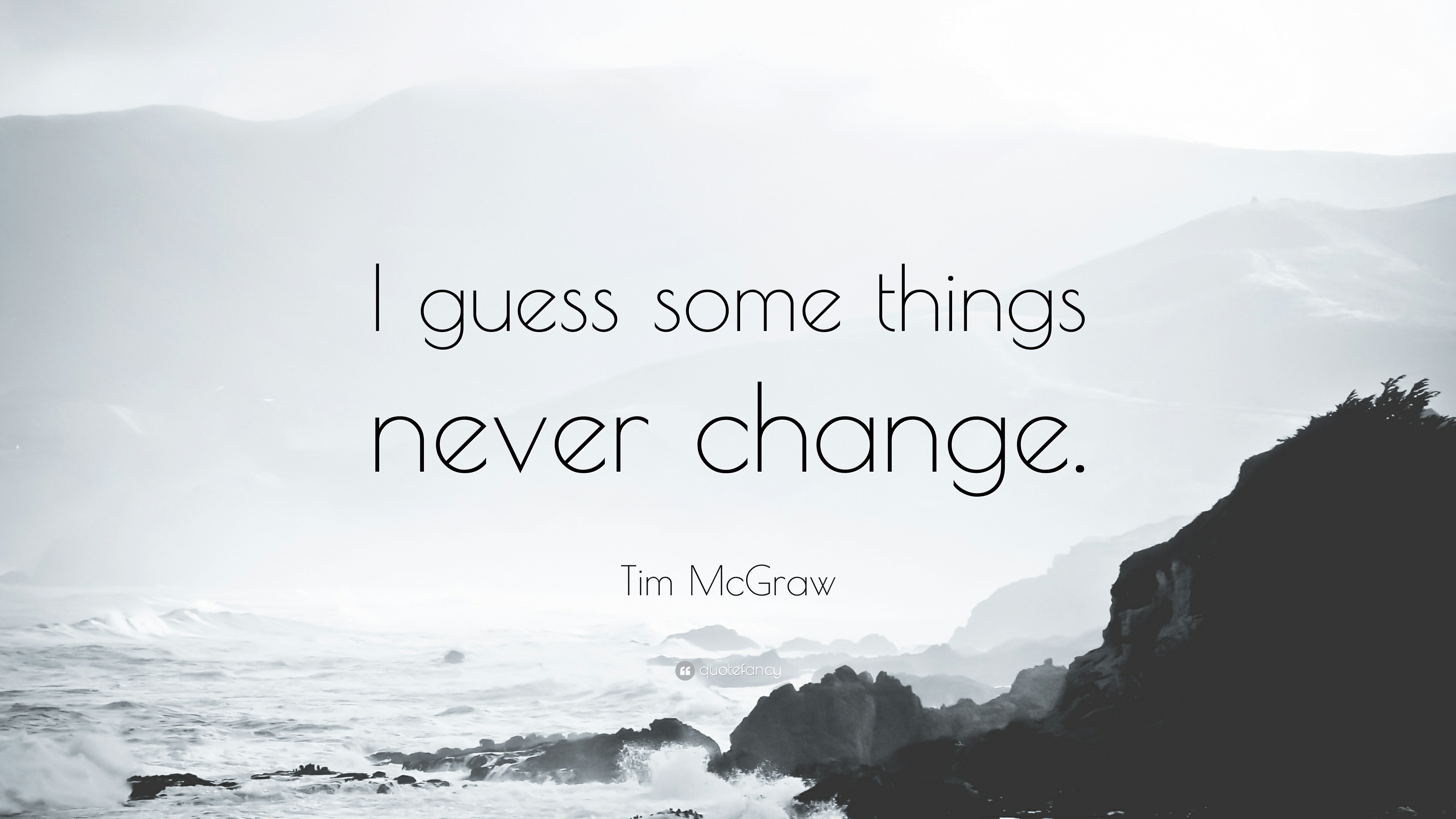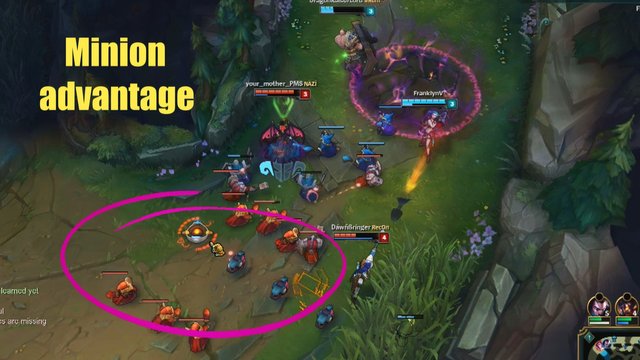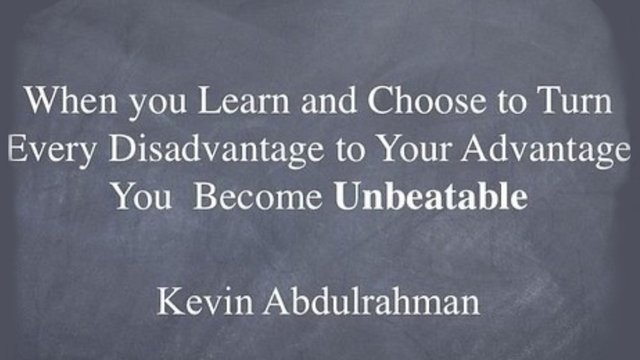Hi! My summoner name is perfecthokage and i have always enjoyed playing League of Legends. A friend of mine introduced me to this game during mid-season 3 and now it’s season 7. Having never played any MOBA (Multiplayer Online Battle Arena) games before League, at that time, the naive me thought myself was good and went for rank in late season 3. You guessed it, i was eventually placed in bronze, KAPPA. Meta changes, champions reworked, graphics improved, players come and go but these fundamentals of laning phase will prevail forever. This is my first post and introduction to the Steemit community, hope to have more posts in the future! Enjoy the content!

Small disclaimer: The strategies and game knowledge that i shared are what i personally feel are important aspects of the laning phase that every laner should know. They are not facts but more of what i personally deep down feel, so if it does not works for you, it’s alright i respect that.
The main 2 things i will be talking today about the laning phase is trading and wave management. Trading is inevitable in every lane so its is crucial to know when to trade and how to trade efficiently. Wave management is often under looked by many players. A player with good wave management often dictates the fate of the lane with the immense amount of pressure one can put. So without further ado, let’s get started.
When to trade:
#1. Enemy going for CS / last hit. Often when enemy go for last hit with their (auto attacks) , they tend to have to be stationary for a small period of time. It is this golden opportunity that you take a trade mainly because a stationary target just means that it is easier for you to land your spells / skillshots. Assuming that both you and your enemy have equal damage output of spells and that both of you land your spells. You will still come up on top during this trade as you managed to AA the enemy the same time he AA the minion. This one AA is not to be underestimated, it could means the difference between procing thunderlord’s decree to bring your enemy low enough for the last tick of ignite to finish him off.
#2. Minion wave advantage. It is important to take note that minions do immense amount of damage early in the game as your defenses stats aren’t that high. Never trade against your enemy if he has a large minion wave compared to yours. This is because even if you trade efficiently against him, his minion aggro on you will help him to compensate for that trade, which will result in him winning that trade. If you have the minion wave advantage, then try to instigate a trade against your enemy as the odds are in your favor.

#3. Spell advantage. Spell advantage refers to the amount of damage output your spells do compare to your enemy. This all boils down to how well you know your kit and your enemies abilities. Let’s say for instance, ahri compare to annie at level 1. Ahri’s q does damage both forward and backwards while annie’s q is just a one time damage projectile. This means that Ahri has the spell advantage at level 1 against annie if he is able to land both ticks of his q. An easier way let you understand whether you have the spell advantage will be to look at whether the spell is one time cast or have multiple damage ticks (e.g Leblanc’s e, Riven’s q, Lee sin’s q).
#4. Level advantage. When you have the level advantage, it means that your champions stats and spells abilities are more superior to your enemy as you have more hp and your spells do more damage etc. Always look for a good trading opportunity when you have the level advantage, such as if you are able to hit level 2 before your enemy or you get your ultimate at level 6 before your enemy.
.png)
#5. Sustain advantage. Sustain advantage, refers to the ability to heal up through the champion’s kit itself or gain more mana (e.g. Gragas’ passive, Talon’s q, Xerath passive). It can also take the forms of potions such as if you have 4 potions compared to your enemy who only has one potion. Having this sustain advantage means that you want to make equal trades with your enemy whenever possible so as to slowly exhaust him. If your enemy is low on mana or health, he will be in a much weaker state to trade against you and there will be 2 course of events that will happen if no junglers from either side intervenes the lane. Your enemy either give up CS and retreat or he stays and fight you in his weaker state granting you the kill opportunity. Both of which will still favourable to you.

I would really like to continue on wave management of the laning phase but it looks like the post is getting really lengthy. I will continue it as a 2 part series of 101 Basics of laning phase and hope to see you there! I would like to thank everyone for taking your time to read this post and hope you enjoyed it. And feel free to leave your comment and opinions below, will love to see what you guys think about my post. Lastly, hope this has helped you understand League of Legends the game better as it is my pleasure and goal to share my game knowledge and experience with the community. Thank you!
Youtube channel: https://www.youtube.com/channel/UCjJkZwkRyXk84Yrmqy-AM6w